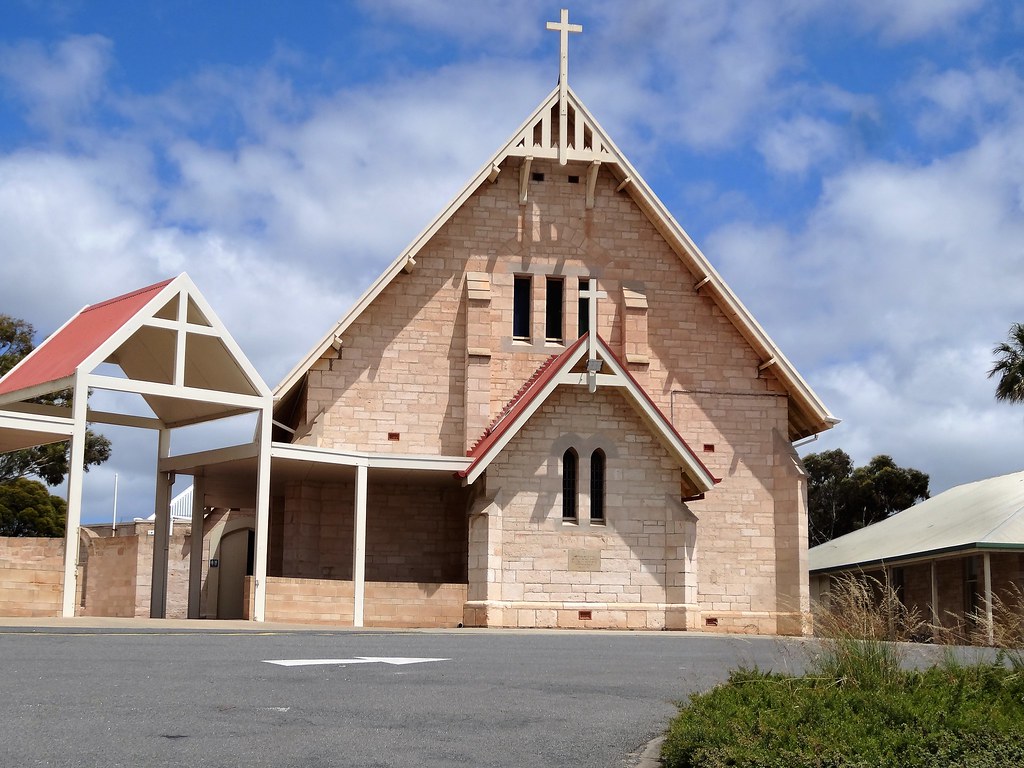Venice, Italy
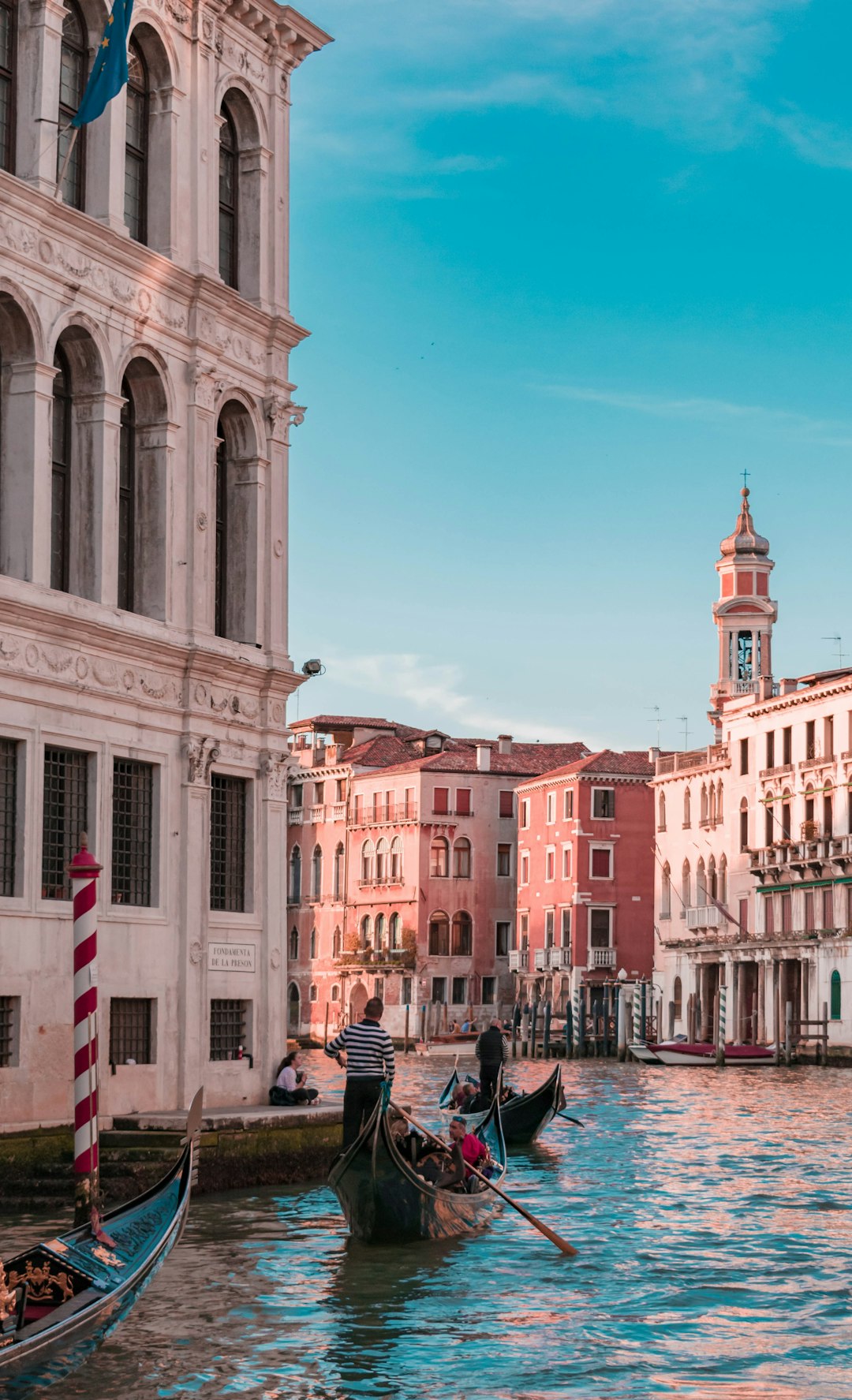
Venice has become a symbol of overtourism, with local residents growing increasingly vocal about their frustrations. In 2024, the city implemented a €5 entry fee for day-trippers to control the massive crowds that often exceed 80,000 people per day in peak season, compared to just 50,000 residents. According to the Venice Tourism Board, over 60% of Venetians say tourism negatively impacts their quality of life. Protests have erupted in St. Mark’s Square, with banners reading “Venice Is Not a Theme Park.” The city council even banned large cruise ships from the historic center after years of complaints about pollution and damage to ancient buildings. Residents report being priced out of their own neighborhoods as short-term rentals dominate the housing market. The tension is palpable, especially during the busy summer months, as locals urge visitors to respect the fragile lagoon city.
Barcelona, Spain
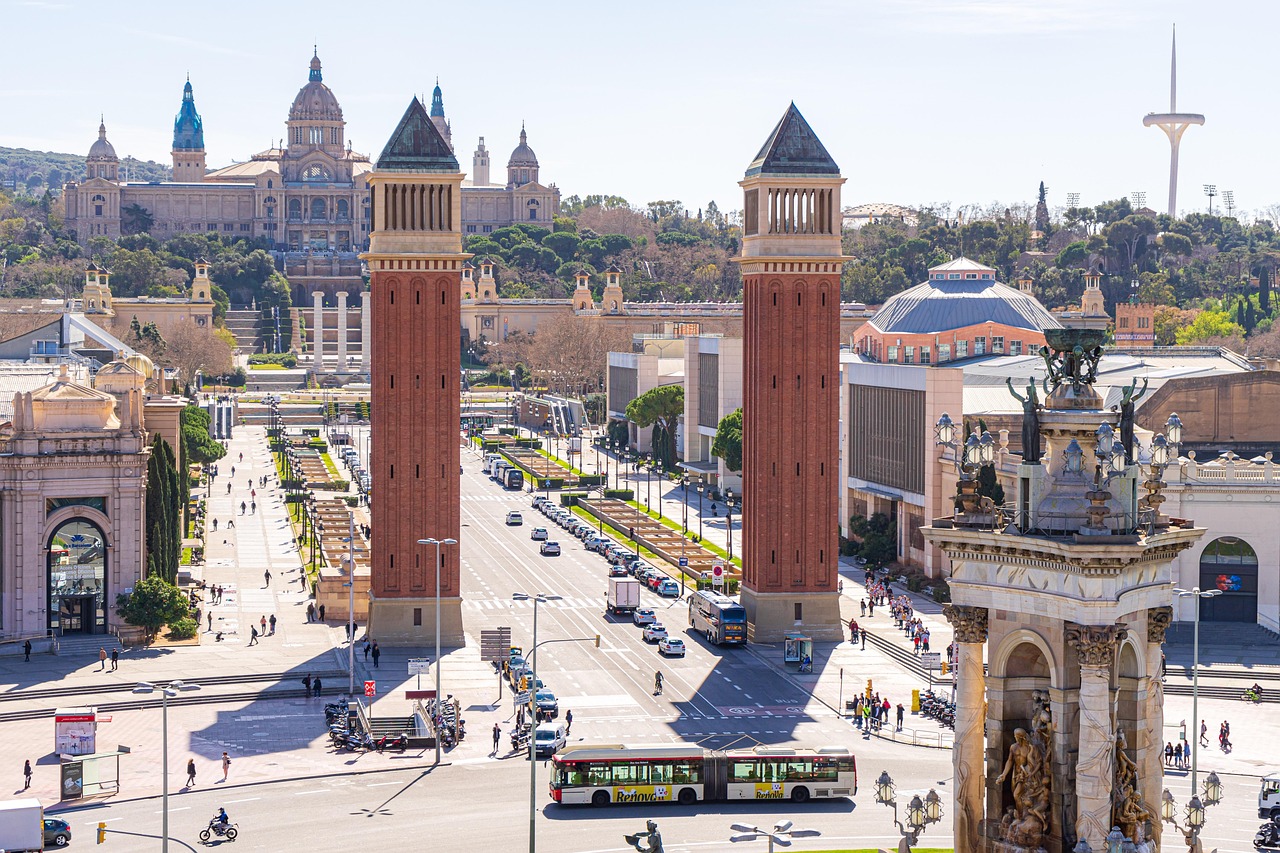
Barcelona’s relationship with tourists has soured dramatically since pre-pandemic days, when the city welcomed over 12 million visitors annually—nearly eight times its population. In 2024, anti-tourism graffiti became common in neighborhoods like La Barceloneta and El Born, with messages such as “Tourists Go Home.” The city’s mayor, Jaume Collboni, has targeted illegal holiday rentals and instituted stricter regulations to curb noise and rowdy behavior. According to a survey by the Barcelona City Council, 59% of residents believe that tourism brings more problems than benefits. The local government banned new hotels in the city center and raised the tourist tax in early 2025. Many shopkeepers and residents now openly refuse service or raise prices for tourists, hoping to deter overcrowding and reclaim public spaces.
Kyoto, Japan
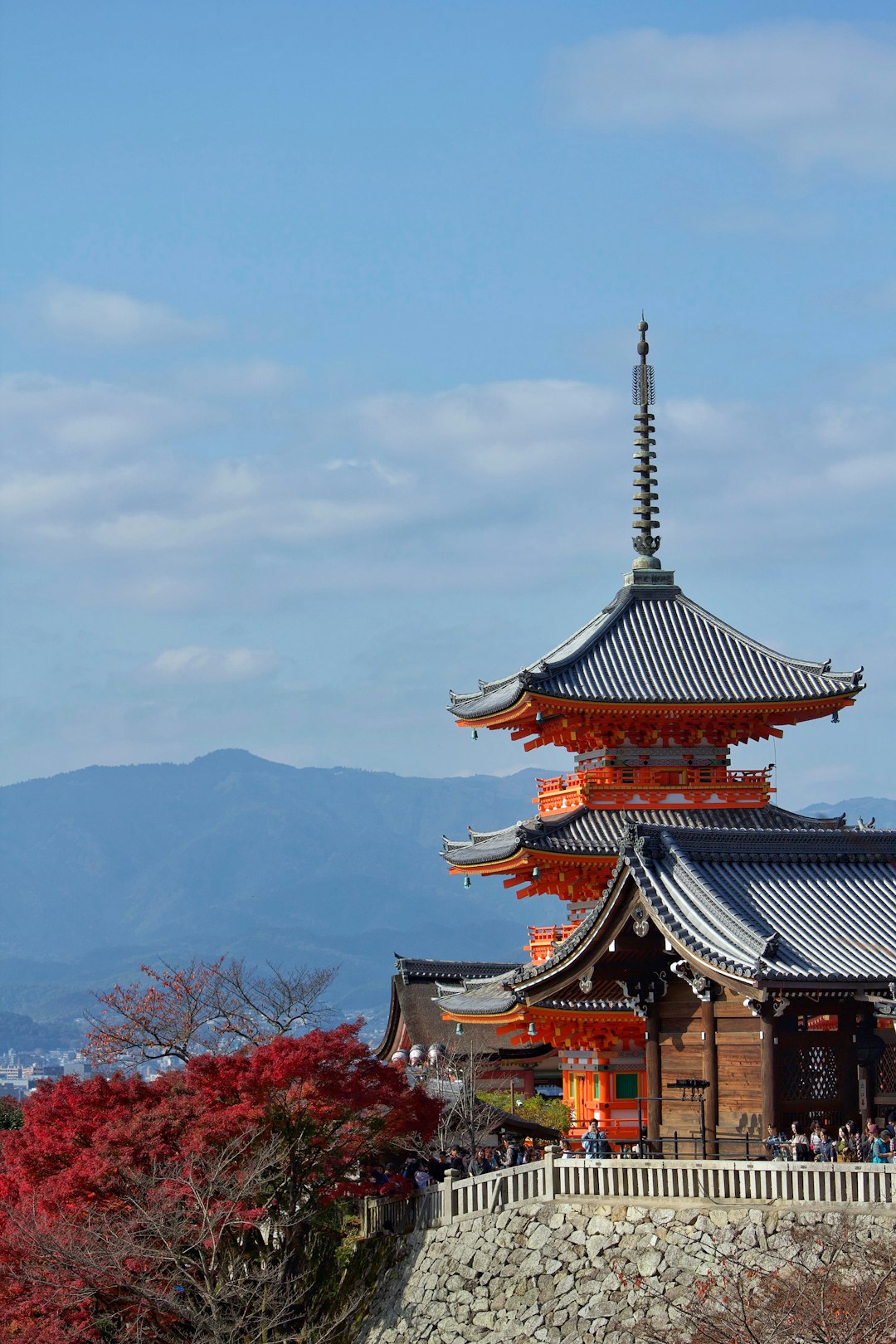
Kyoto, known for its serene temples and cherry blossoms, has seen a dramatic shift in local sentiment toward tourism. In 2024, record-breaking visitor numbers overwhelmed the city, with over 53 million tourists reported, according to the Japan Tourism Agency. The historic Gion district imposed a strict photography ban and hired security guards to enforce “no entry” areas after geisha reported being harassed for selfies. Complaints about noise, litter, and disrespectful behavior spiked, especially during cherry blossom season. Residents have launched online campaigns demanding “quiet mornings” and stricter tourist etiquette. The mayor’s office recently introduced new zoning laws to restrict short-term rentals, citing a 30% drop in affordable housing for locals since 2019. Kyoto’s cultural leaders warn that the city’s unique heritage is at risk if the delicate balance between residents and tourists is not restored.
Reykjavik, Iceland
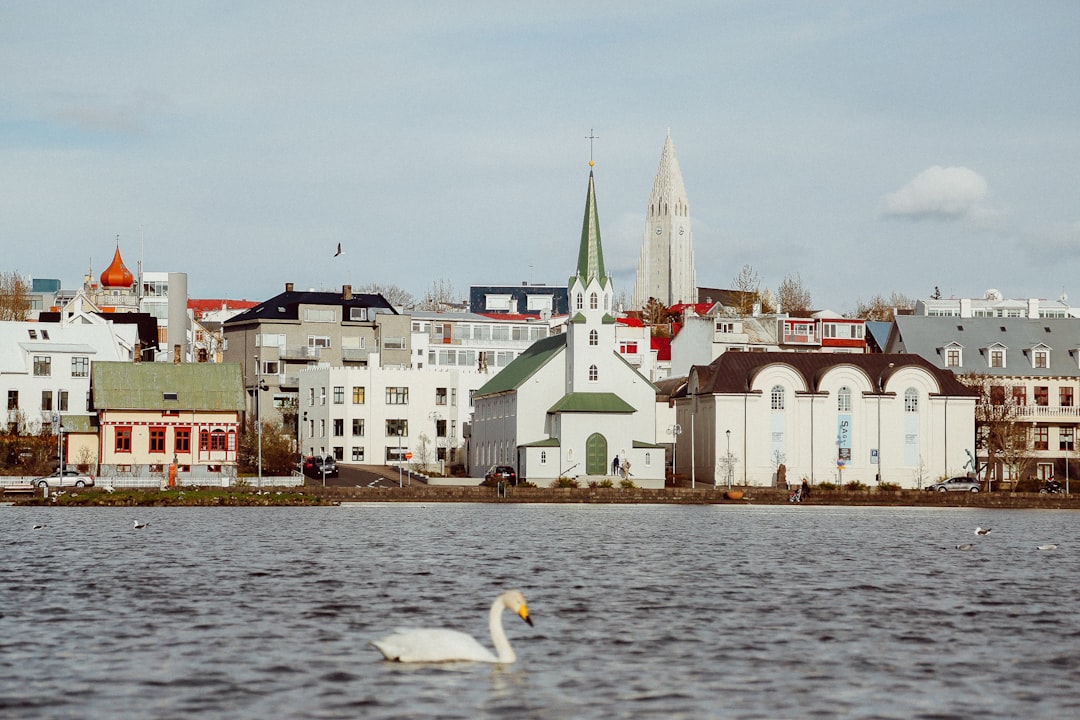
Iceland’s tourism boom brought over 2.2 million visitors in 2024—more than six times the country’s population. Reykjavik, the capital, struggles with infrastructure strain, increased rent, and environmental degradation. The Icelandic Tourist Board reported a 25% rise in complaints from residents last year, particularly about traffic, waste, and noise. Some cafés and small businesses have begun posting “locals only” signs during peak hours. In 2024, Reykjavik’s city council introduced new regulations limiting tour buses and capping Airbnb licenses to address housing shortages. Locals express concern over “touristification,” with traditional neighborhoods losing their character to souvenir shops and fast-food chains. Environmental groups highlight the impact on fragile landscapes, especially around popular spots like the Blue Lagoon and Golden Circle, fueling resentment among Icelanders who feel their quality of life is under threat.
Dubrovnik, Croatia

Dubrovnik’s UNESCO-listed Old Town became a global hotspot after its appearance in “Game of Thrones,” but the influx of over 1.5 million annual visitors has deeply strained the city. In 2024, the city limited cruise ship arrivals to two per day, following complaints from residents about overcrowding and rising living costs. The mayor, Mato Franković, publicly urged tourists to “visit responsibly” as anti-tourist sentiment intensified. According to the Croatian Bureau of Statistics, 72% of Dubrovnik locals believe tourism has made housing unaffordable. The city installed real-time visitor counters and shut down certain streets to non-residents during peak hours. Taxis and restaurants have faced fines for price gouging tourists, while some locals have started protest groups to demand stricter controls. Traditional businesses are vanishing, replaced by souvenir shops, making it clear that hospitality is wearing thin.
Amsterdam, Netherlands
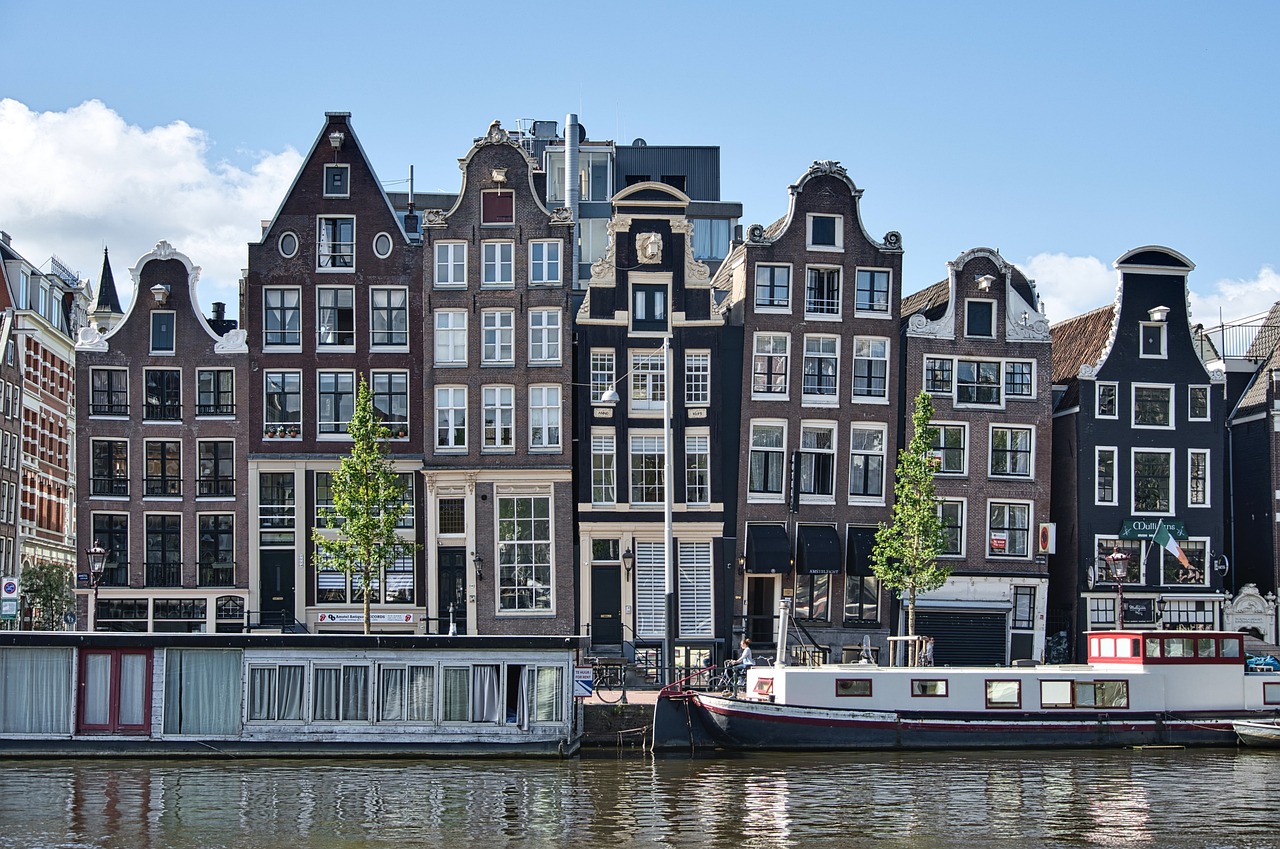
Amsterdam’s once-welcoming attitude toward travelers has shifted as the city grapples with overtourism and social disruption. In 2024, the city attracted over 20 million visitors, nearly five times its population, according to Amsterdam & Partners. The municipality banned new hotel construction in the center and increased tourist taxes, while also restricting guided tours in the Red Light District. Locals have staged demonstrations, with banners declaring “Amsterdam is not Disneyland.” The city council closed down several cannabis cafés and souvenir shops aimed at tourists, citing quality-of-life concerns. A 2025 survey found that 68% of residents feel the city is “overrun” and want stricter tourism controls. Amsterdam’s leaders urge visitors to respect local customs, but many residents have grown weary of noise, litter, and drunken antics in residential areas, leading to a cooler welcome for outsiders.
Hallstatt, Austria
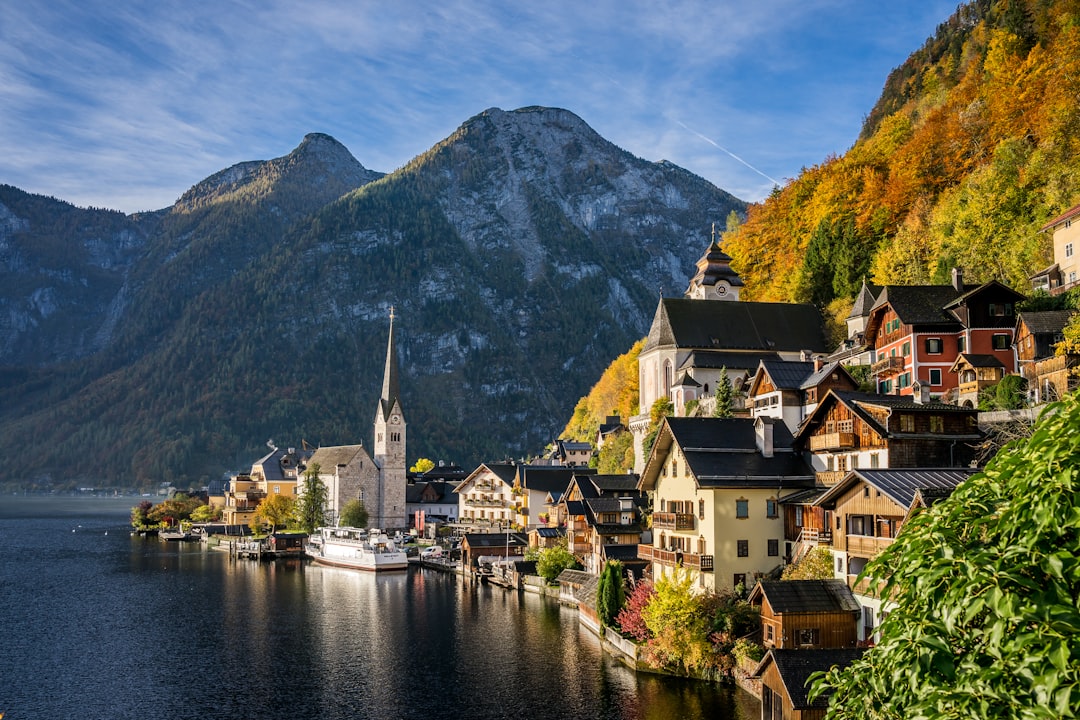
The tiny village of Hallstatt, with just 750 inhabitants, has been overwhelmed by more than one million tourists a year, according to the Hallstatt Tourism Office. In 2024, the mayor imposed strict limits on tour buses and launched a campaign asking tourists to “please respect our home.” Residents report traffic jams that last hours and daily noise disrupting their previously peaceful lives. The village council blocked direct access to the famous lakeside viewpoint to reduce selfie-taking crowds. A poll conducted in 2024 found that 70% of locals want stricter controls or even caps on visitor numbers. Hallstatt’s infrastructure, including its sewage and waste systems, is under severe pressure, and locals often struggle to access basic services during peak season. The sense of community is fading, with many families moving away and only souvenir shops remaining open year-round.
Phuket, Thailand
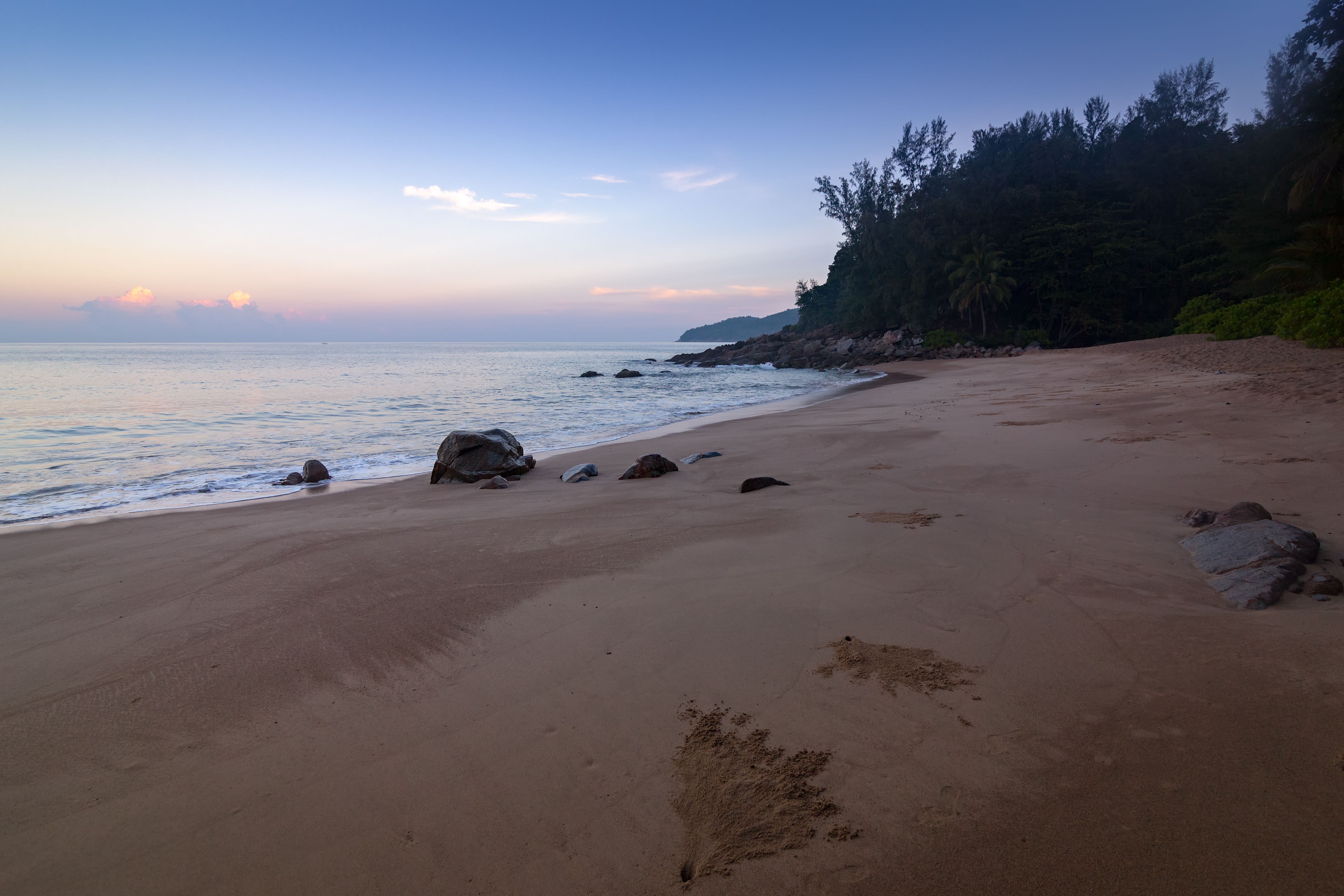
Phuket has long been a magnet for international tourists, but recent years have seen growing discontent among locals. In 2024, Phuket welcomed more than 14 million visitors, according to the Tourism Authority of Thailand, but this surge has strained resources and sparked a backlash. Environmental concerns are paramount, with polluted beaches and coral reefs suffering from mass tourism—Patong Beach was closed temporarily in mid-2024 due to pollution. Residents complain about rising rents, traffic congestion, and noise, while local fishermen struggle as traditional livelihoods are displaced by tourism businesses. In a 2024 survey, 58% of Phuket residents said they feel “negatively impacted” by tourism. Some restaurants and markets now openly charge “dual pricing,” with higher rates for foreigners. Protests have broken out in Patong and Kata, demanding stricter regulations and a return to sustainable tourism.
Santorini, Greece
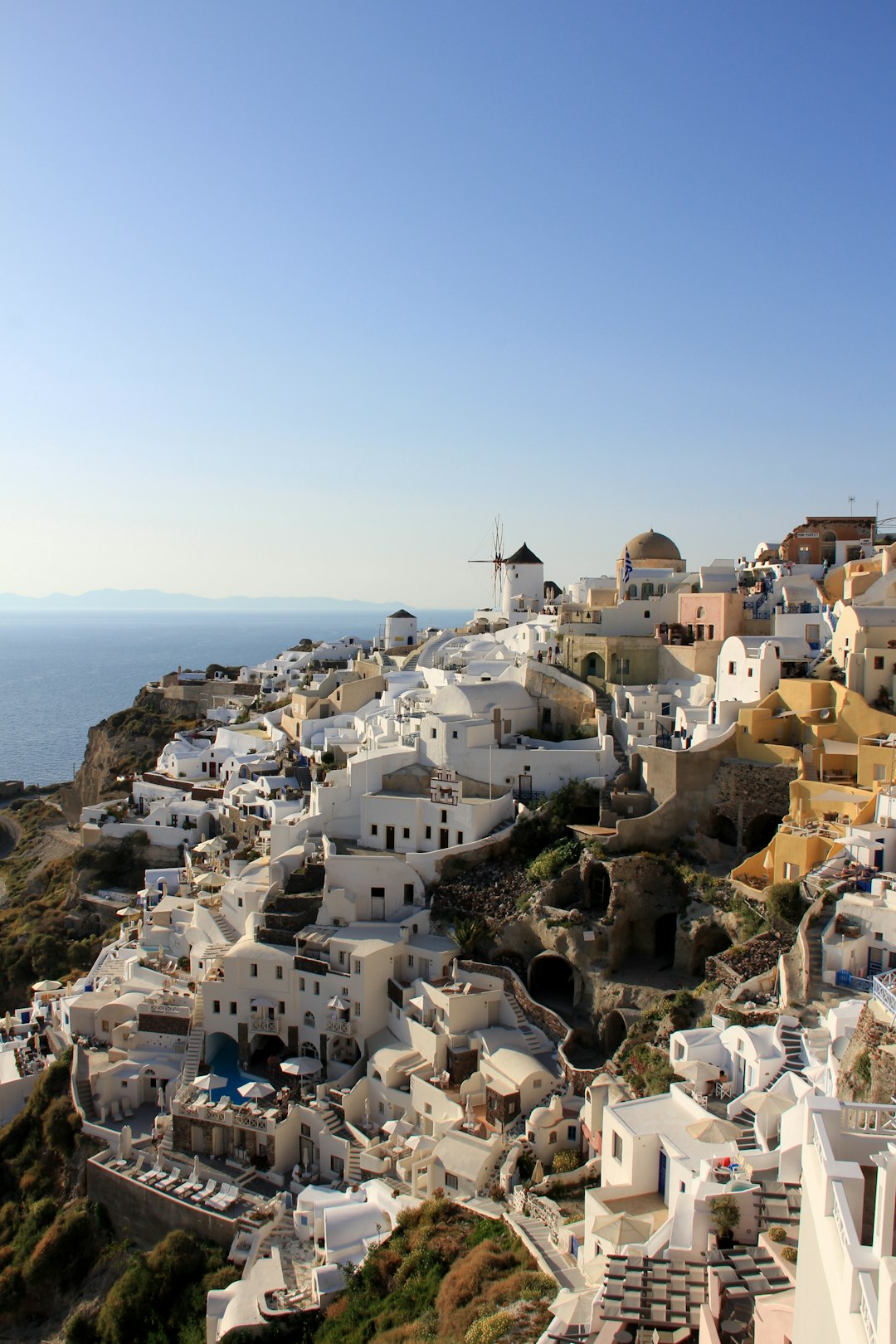
Santorini’s iconic whitewashed cliffs and blue-domed churches draw over two million visitors each year, but local patience is wearing thin. In 2024, the island government reduced the number of cruise ship arrivals to 8,000 passengers per day, down from a previous high of 18,000. The local chamber of commerce reports that rents have doubled since 2019, making it tough for young Greeks to stay on the island. Farmers and fishermen complain that tourism-focused development is eroding traditional ways of life. A survey by the University of the Aegean found that 62% of residents believe tourism has brought more harm than good, citing traffic jams, water shortages, and noise. Some restaurants now require reservations for locals during peak season to ensure they can dine out. The mayor’s office continues to push for “quality over quantity,” but frustration among residents remains high.
Banff, Canada

Banff National Park, a jewel of the Canadian Rockies, now sees over 4 million annual visitors, according to Parks Canada. The town of Banff, home to just 8,000 residents, struggles with traffic gridlock, overflowing trash bins, and crowded trails. In 2024, new parking restrictions and shuttle systems were introduced to combat congestion, but many locals say it’s not enough. Complaints about littering, wildlife harassment, and disrespect for nature have risen sharply, with local authorities handing out a record 1,500 fines for violations last year. A Parks Canada survey found that 55% of Banff residents feel that tourism has diminished their quality of life. Rental prices have soared, pushing workers out of town and forcing businesses to reduce hours due to staffing shortages. Several resident groups have called for strict visitor caps to protect the park and restore peace to their community.


